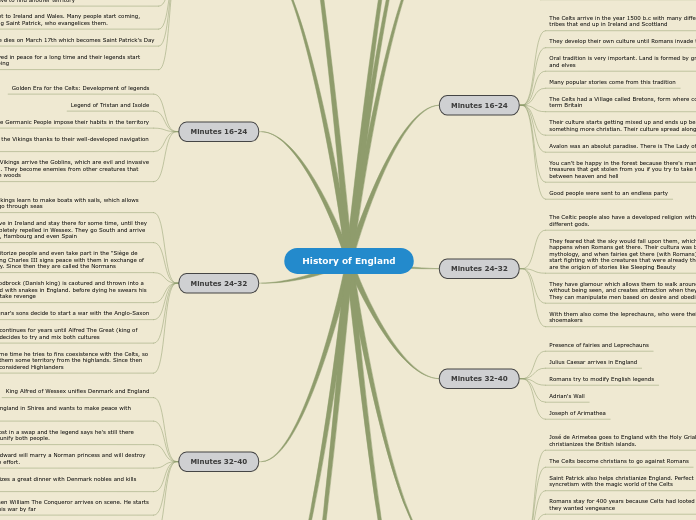da Mynor Bond mancano 7 anni
584
History Social-Science Curriculum
The curriculum includes various historical events and their implications, encouraging students to delve into the intricate causes and effects of these events. It covers the collapse of the Soviet Union, examining factors such as the weaknesses of the command economy, military commitments, and resistance from satellite states and non-Russian republics.









